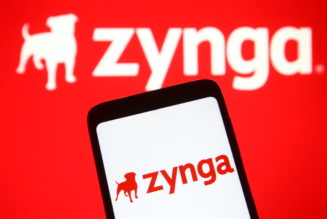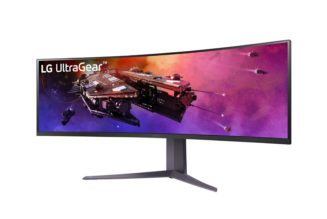The price is right for the OnePlus 11 5G — $699 to be exact — but after a tumultuous few years for the company, is anyone buying?
Share this story
Who among us didn’t pick up a new pandemic hobby only to lose interest a couple of years later? Only OnePlus didn’t pick up furniture upcycling — instead, it’s spent the last few years trying to reinvent itself as a flagship phone maker rather than a flagship killer.
That didn’t really work, so the company is coming back around to a familiar formula: a phone with a big screen, a top-tier chipset, and a price low enough to undercut most of the flagship competition.
It’s largely a success. The OnePlus 11 5G is a fast, smooth performer, with a $699 price that’s in line with its feature set. The company has also fixed some of the shortcomings of previous devices. The phone will work on the 5G networks of all three major US carriers at launch — something that OnePlus had difficulty securing in the past — and the company is pledging four Android OS updates and five years of security updates. That’s on par with Samsung’s policy for flagship phones, which is one of the strongest among Android OEMs.
But the OnePlus 11 isn’t an all-out triumph. There’s no wireless charging, which most other phones at this price include. Instead, it has the company’s signature fast wired charging, offered at a blistering 80W in the US. The camera system is somewhat improved, too, but still falls a bit short of the competition. Its IP64 rating is better than nothing but doesn’t provide the robust IP68 water resistance of other devices in this class.
This is a better phone for OnePlus — but I’m not quite sure it’s the best phone for anyone.
OnePlus’ recent high-end phones have offered good screens, and the 11 is no exception. It’s a big 6.7-inch LTPO OLED with a variable refresh rate from 1 to 120Hz and 1440p resolution (that top resolution isn’t enabled by default — it’s an optional setting). It’s sharp as heck. It looks smooth, feels responsive, and gets bright enough to use in abundant daylight. No complaints here.
The display uses the third generation of OnePlus’ LTPO technology, which reduces the refresh rate to 1Hz when the always-on display is in use. That’s the same tech that made Apple’s 14 Pro always-on display possible. This is designed to help boost the 5,000mAh battery’s efficiency, and it certainly isn’t hurting. I had no problem getting through a day of moderate use with a lot of photo-taking, some video conferencing, and plenty of time on social media.
OnePlus has included fast wired charging — fast charging is kind of OnePlus’ thing — to the tune of 80W in the US and 100W for international versions. You need to use the supplied charging brick and cable to get those speeds, so you can’t sub in your MacBook Pro charger to get those top speeds, and you can’t use this brick to charge your MacBook. But with the right equipment, charging speeds are impressive: the OnePlus 10T charges a little faster, at 125W, but 80W is enough to take the battery from zero to 100 percent in under 30 minutes.

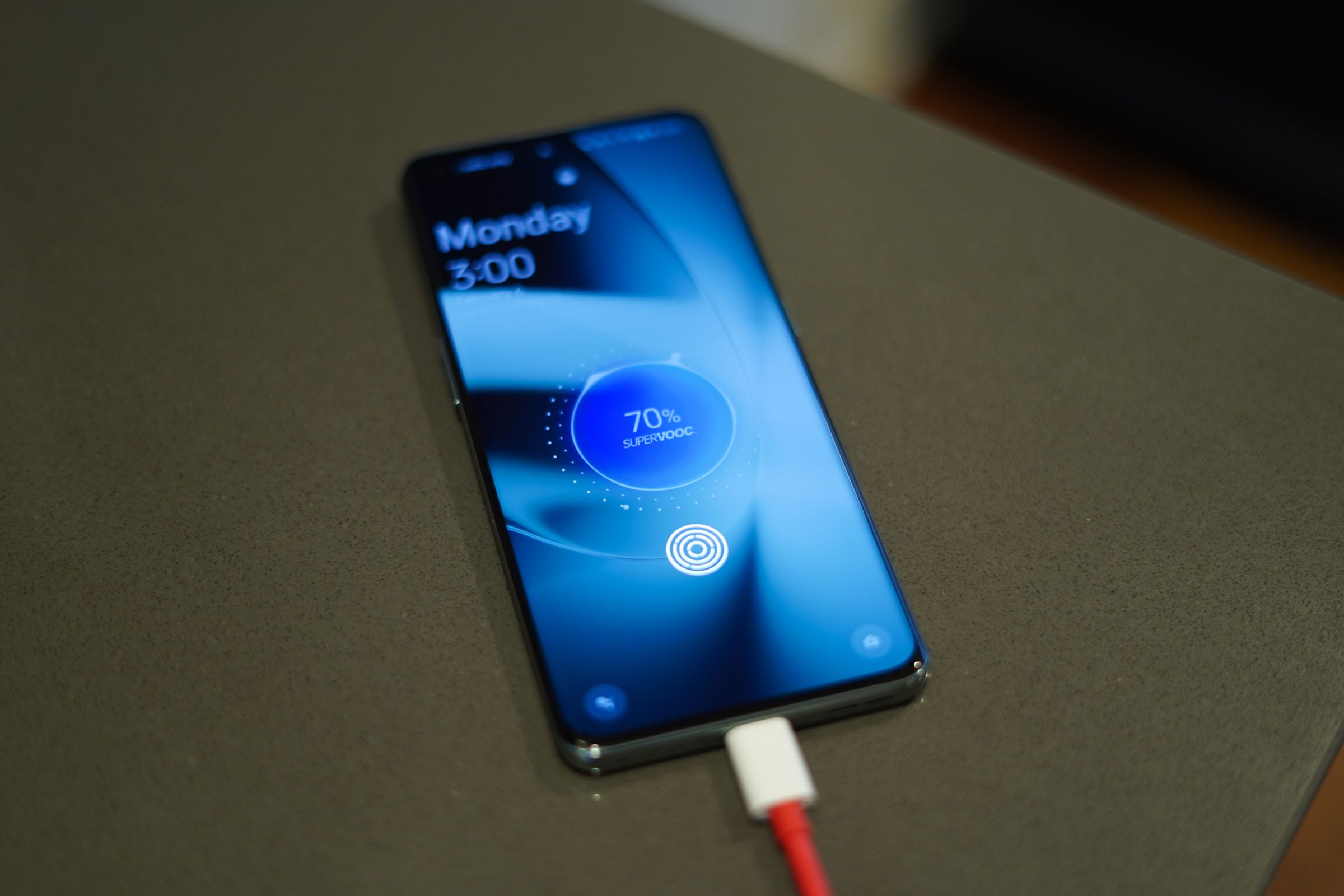
It’s the kind of speed that makes charging your phone overnight completely optional. Even down to 25 percent, you can charge it to full before you have time to fold and put away a load of laundry. Take my word for it, I tried. In any case, it’s a nice peace-of-mind feature if you’re a charging procrastinator or someone who travels and needs to make the most of their limited time near a power outlet.
Wired charging is fast, but it’s also your only option. Unlike most other phones at this price, the OnePlus 11 doesn’t include wireless charging. Fast charging certainly comes in handy, but wireless charging is a convenience feature with broader appeal. I’m not sure I’d want another charging brick in my life, especially not one that uses a proprietary charge protocol and can’t sub in for my laptop charger — I’d rather have a device that can share a Qi charging pad with other gadgets in my life, even if that means sacrificing speed. And if you’ve already made a habit of overnight charging, then fast charging is quite a bit less exciting.
It doesn’t provide all the conveniences of a flagship phone, but the OnePlus 11 certainly handles like one. It includes a Snapdragon 8 Gen 2 chipset and 8GB of RAM as standard; the $799 version offers 16GB of RAM. That’s about as much raw power as any modern Android phone offers and for much less than the other guys: the Samsung Galaxy S23 Ultra uses a similar chipset and includes 8GB of RAM in its $1,199 base configuration. You get twice the storage — 256GB compared to 128GB — but that’s a pretty big gap in price for similar hardware.
It’s good on paper, and it’s also good in use. The OnePlus 11 is confident with even heavy tasks; it runs the graphics-heavy Genshin Impact as smoothly as any $1,000 phone I’ve tested. Apps don’t close aggressively in the background, and when they’re put to sleep, they reload quickly. My review unit has 16GB of RAM (this configuration costs $799), but given what I’ve seen so far, I’d expect the 8GB version to punch well above its price in terms of performance.
There’s another feature that continues to delight me on OnePlus phones: the super-quick fingerprint scanner. It’s consistently a beat quicker to activate and accept my fingerprint than the one on the Samsung Galaxy S23 Ultra, tested side by side. When you unlock your phone a hundred times a day, that extra beat adds up.
OnePlus product manager Jonathan Yeung tells me that the phone is designed for someone who wants to stand out from the crowd. “It won’t look like devices that his or her friends are holding.” Mission accomplished, I’d say. More than one person told me they thought the prominent circular camera bump looked like an eyeball, and I don’t think that’s a compliment. It’s kind of giving Metal Mario. I wouldn’t say it looks cheap; it’s just not a look I prefer.

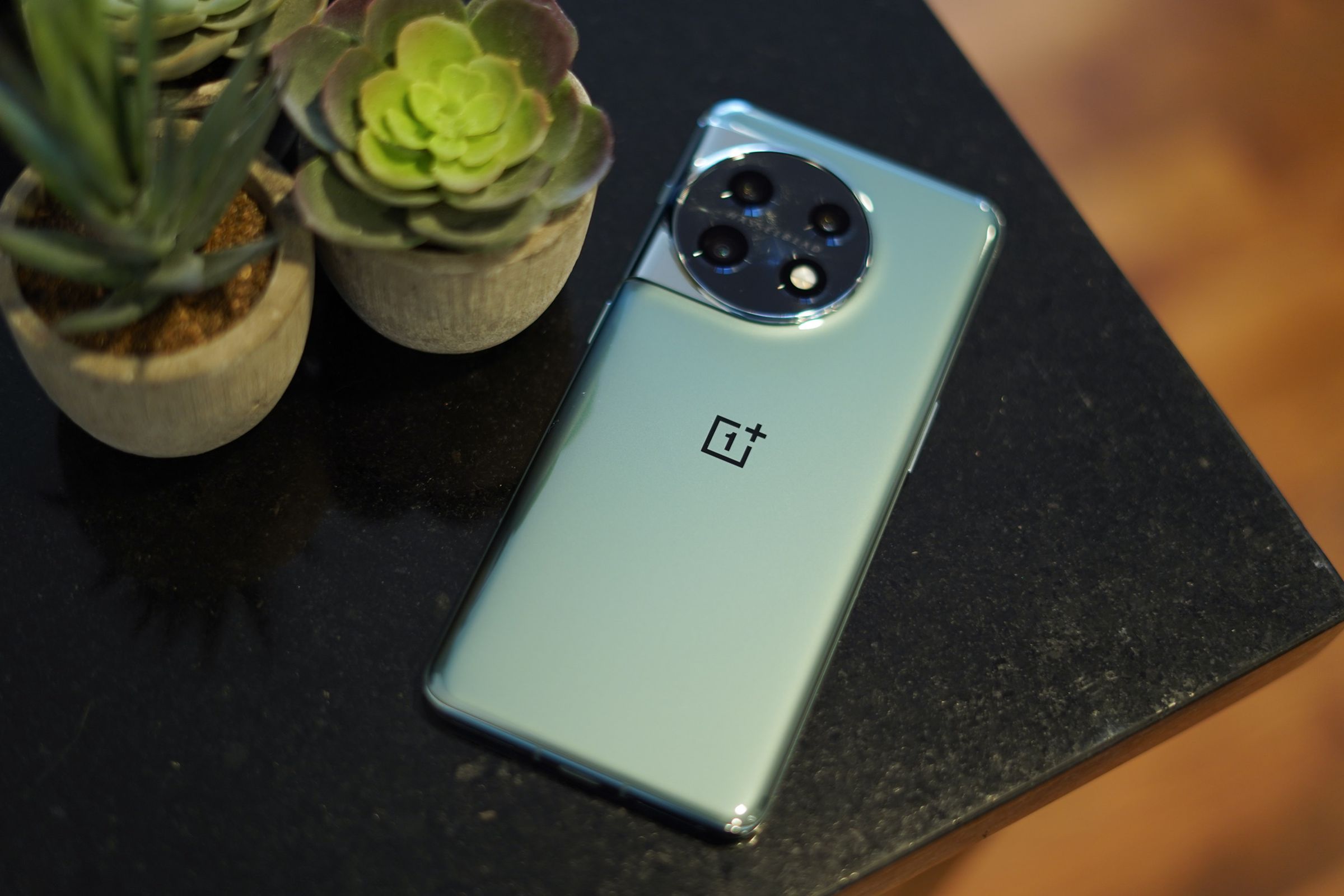
There’s Gorilla Glass 5 on the back panel and Victus on the front, which gives it a high-end feel and bodes well for scratch resistance. The rear panel is a glossy fingerprint magnet. The device is IP64 rated, which means it’s sealed against dust and can stand up to water spray, like from a splash or sudden shower. That’s definitely better than nothing, but most of the competition at this price includes an IP68 rating, which indicates water resistance when the phone is fully submerged. Missing out on that level of protection is a mark against the OnePlus 11.
The three-stage alert slider is back after a no-show in the OnePlus 10T, and I wish every phone had one. I can click it to turn on media volume to watch a video and then flip it back to mute all sounds just as easily. Ah, the joy of physical controls.
OnePlus is also releasing a new pair of earbuds alongside the phone: the OnePlus Buds Pro 2. I tested a pair (in a lovely matching green) as I used the OnePlus 11 over the past few weeks and have no complaints about them. The noise cancellation was effective enough to drown out plane noise so I could listen to a podcast. The case is a little too slippery to try to open one-handed (there’s one complaint, I guess) but otherwise, they’re a nice companion to the OnePlus 11.
In recent years, OnePlus has struggled to secure 5G certification from all three major US wireless carriers. To be clear, its phones have worked on all carriers, but sometimes only on 4G. 5G was a given on T-Mobile since it sold prior OnePlus phones directly, but the other two have been hit or miss — the 10 Pro eventually gained 5G certification on its final carrier, AT&T, five months after launch.
That’s all changing this year: the OnePlus 11 will be able to use all three major US carriers’ 5G right out of the gate. That’s great news, especially as better mid-band 5G is becoming more widely available on all three networks. Unlike in the past couple of years, 5G actually means something now, and the OnePlus 11 will work on these networks both in the present and the near future as they keep improving. We love to see it.

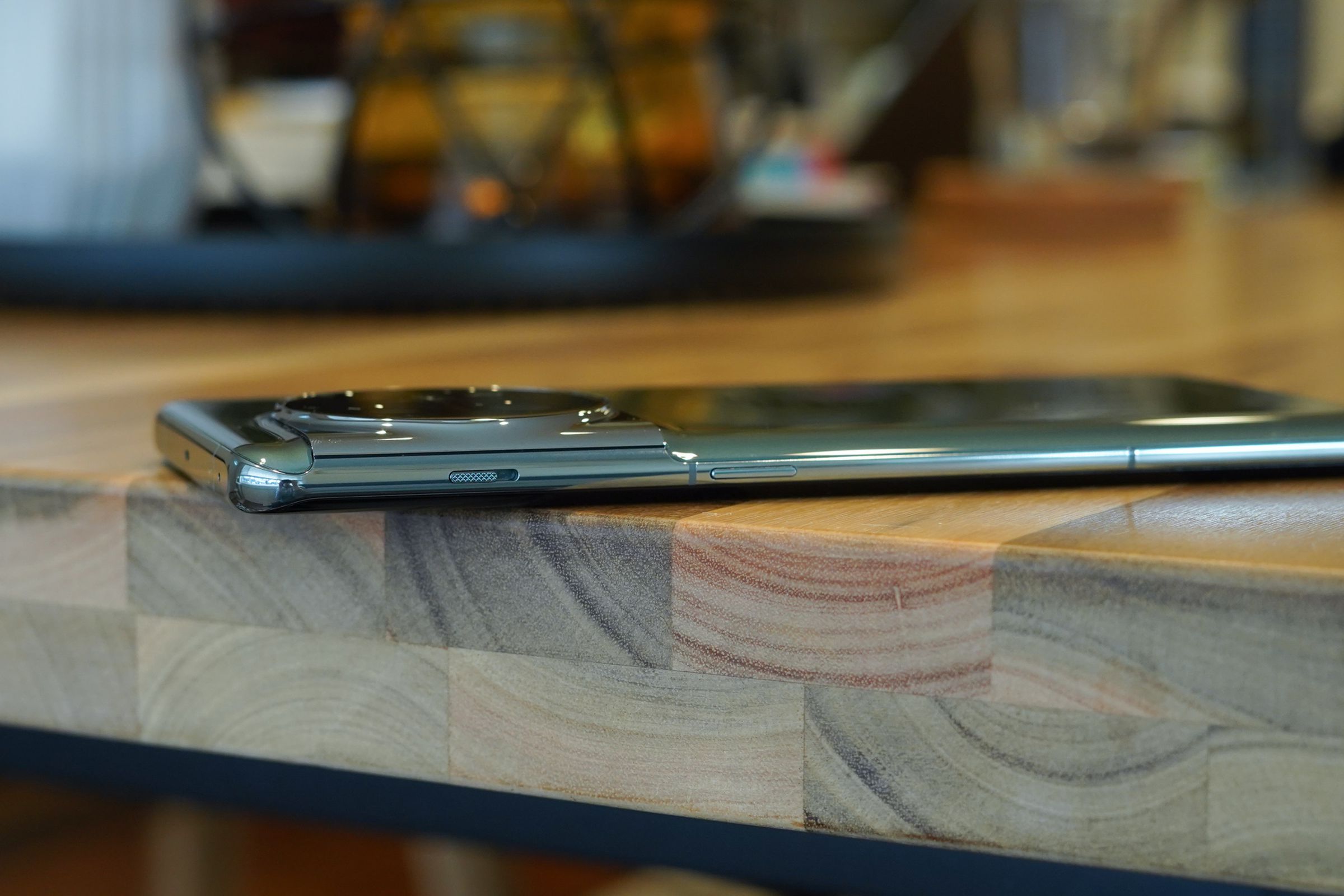
The phone ships with OxygenOS 13, which is much like OxygenOS 12, which is to say, it’s very Oppo ColorOS-like. The shift away from OnePlus’ more minimalist vibe to the, well, more colorful Oppo OS has not been popular among longtime users. If that’s you, I don’t have a lot of good news about OxygenOS 13.
For what it’s worth, I don’t find it too offensive, and I like some of the minor tweaks for this year’s update. On OxygenOS 12, swiping down from the top right of the screen surfaced a feature called the Shelf, which is a customizable page with widgets and quick info like weather. It’s fine unless you were trying to get to the notification shade — because every other Android phone on earth reserves that gesture for pulling down the notification shade.
In OxygenOS 13, swiping from either side of the top of the screen now brings up the notification shade, as the good lord intended. The Shelf is still around — you just swipe down from the middle of the homescreen to get to it — and it loads much faster.
It’s a far cry from where OnePlus started, but for my money, I still like the Oppo-ized OxygenOS better than Samsung’s One UI. There aren’t any duplicate app stores, virtual wallets, or assistants cluttering it up. It’s Android with a fair bit of Oppo on top, but it could be worse. And there’s other good news: OnePlus is promising four Android OS updates and five years of security updates, which marks a significant upgrade in its software support policy. It also matches what Samsung offers for its flagship devices and actually includes one more OS upgrade than Google’s Pixel phones. That makes the phone’s competitive price even more appealing when you consider the long-term ROI you can expect to get from it.
OnePlus has made some meaningful tweaks to its camera system this year. The TL;DR is that they’re a net positive, though as a whole, the camera system still falls a bit short of what you get on a Galaxy or Pixel phone. Here are the raw numbers:
- Main camera: 50 megapixel f/1.8 with OIS
- Telephoto: 32 megapixel f/2.0 (no OIS)
- Ultrawide: 48 megapixels f/2.2
- Selfie: 16 megapixels f/2.45 with fixed focus
There’s also a spectral imaging sensor embedded right next to the flash, which can detect 13 color channels (compared to between six and eight with a conventional image sensor) to try and help the system set more accurate white balance. It’s hard to say if or how well it works — some side-by-side shots with the OnePlus 10 Pro show the 11 making better choices in challenging light. Then again, covering and uncovering the spectral sensor doesn’t seem to make an appreciable difference in photos. The image quality improvements are likely due to another change: revamped color calibration.
Colors and contrast from the main camera look much better in my photos from the 11 than the 10 Pro, which tended to overbrighten indoor images. I really dig what it does in bright contrasty lighting — colors are vivid but not cartoonishly so, and it leans toward a warmer image overall. It can go a little hard with HDR at times, but OnePlus is far from the only phone maker guilty of this crime.
The OnePlus 11 continues to offer a very good ultrawide camera — it holds onto detail well and doesn’t get too noisy in dim light. The 2x telephoto camera is a slightly different story. White balance seems to vary significantly when I switch between the main and telephoto cameras, particularly indoors. In these instances, images from the telecamera have a softer, brighter look to them that I don’t prefer.
OnePlus says that portrait images in this year’s cameras are designed to mimic specific Hasselblad lenses. In good lighting, portraits look a little better, with a bit more gradual falloff in background blur — less of that “cardboard cutout” look. But the sensor on the telecamera is so small that it struggles to keep shutter speed high enough to capture sharp images indoors, even with a subject that’s not moving much. Other manufacturers are shifting toward using a crop from the high-res main sensor for telephoto portraits, and I wonder if OnePlus would be better off making that move, too.
The 11 Pro shoots up to 8K / 24p video clips, which is great if you have some way of viewing 8K video. For the rest of us, there are 4K and 1080 options, both at 30p and 60p. Video clips look just fine. You can use the AI Highlight setting at 1080 or 4K with the main camera to bring out more detail in dim lighting or high-contrast scenes, but I don’t love the look of it. Video shot indoors in dim light with the setting enabled looks overly bright and saturated.

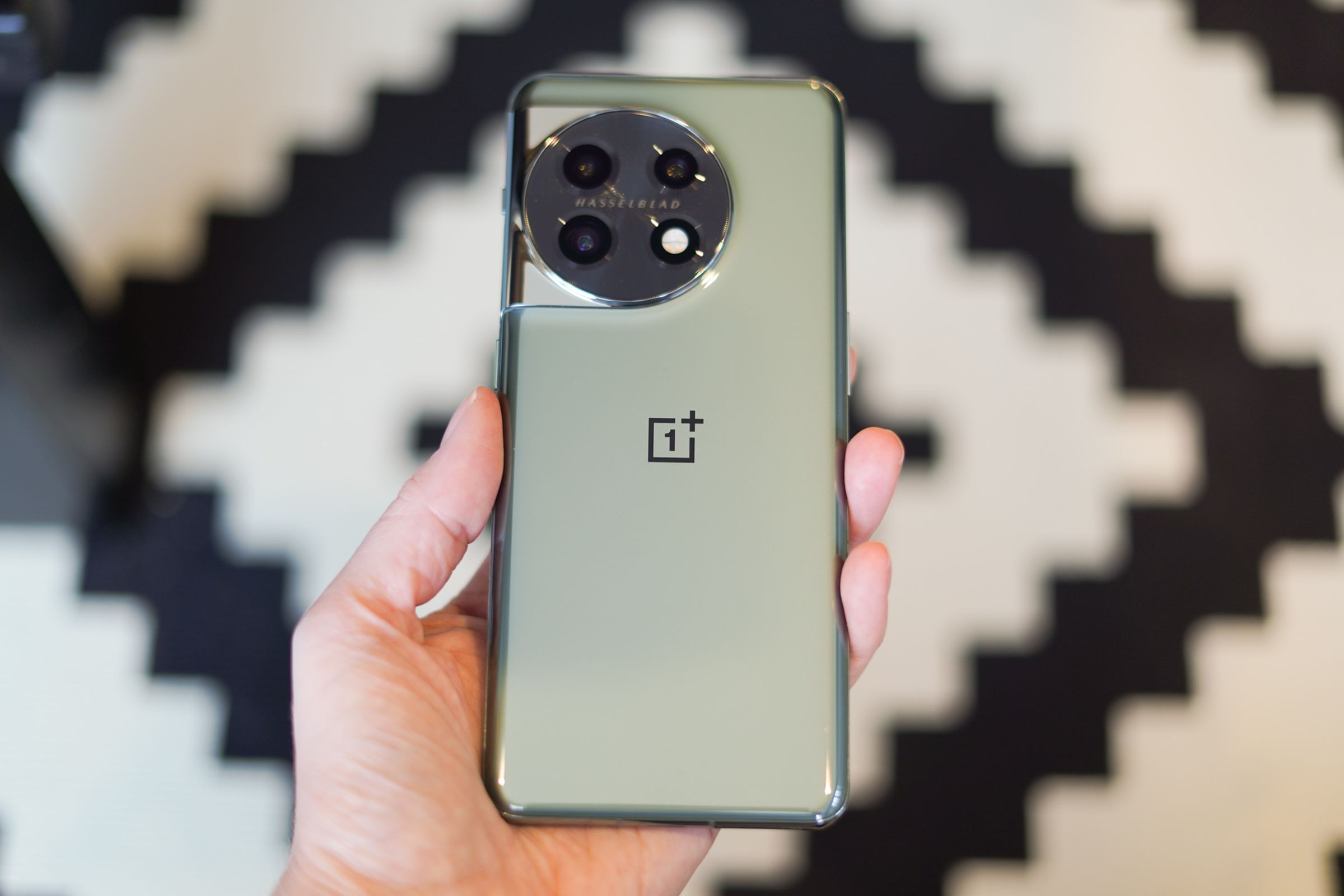
With the 11, OnePlus has produced its best phone in years. It has made some significant strides forward, patching up some of the weak spots I’ve criticized the company for in the past. It now matches Samsung’s strong software support policy, with five years of security updates, and the phone will work on all three major US carriers’ 5G networks right out of the box. Beyond that, performance is excellent, the screen is top-notch, and fast charging is truly impressive.
For the things that don’t hit — the lower water resistance rating, lack of wireless charging, image quality missteps — there’s a little more comfort this year in the OnePlus 11’s more reasonable price. But $699 is still a lot of money, and if you want to pick up a OnePlus 11 this year, you’re going to be paying out of pocket. It won’t be sold by any of the major carriers — including T-Mobile — so subsidizing it with your phone plan isn’t an option.
That dramatically narrows the audience for this phone in the US. As for the OnePlus faithful, I’m not sure how many of them have come along for the meandering journey to the OnePlus 11. Those who are left and aren’t bothered by an Oppo-ified software experience will find a heck of a good deal in this device. But I suspect many others have already moved on.
For everyone who isn’t a OnePlus devotee, I hesitate to recommend the 11. The Pixel 7 comes with a much smaller 6.3-inch screen, but it checks a couple of boxes that the 11 misses, including wireless charging and an IP68 rating. And even though it lacks a dedicated telephoto camera, image quality is better overall. It’s also a bit cheaper, with a $599 MSRP that’s currently (permanently?) marked down to $499.
Maybe there’s a case for the OnePlus 11 if you really want a device with a big high-quality screen and you want to pay a bit less than Samsung charges for one. Or maybe you’re the kind of person OnePlus is hoping to court — someone who wants that “something different” phone. I’m glad that there’s a viable alternative to Samsung and Google in the OnePlus 11. But as much as we all love an underdog, most people probably need to look no further than those established brands.
Photography by Allison Johnson / The Verge
To use the OnePlus 11 5G, you need to agree to:
- OnePlus’ End User License Agreement and Privacy Policy
- Google’s Privacy Policy and Terms of Service
- Google Play Terms of Service
- Install updates and apps: “You agree this device may also automatically download and install updates and apps from Google, your carrier, and your device’s manufacturer, possibly using cellular data. Some of these apps may offer in-app purchases.”
There are also several optional agreements that you need to get past during setup:
- Participation in Co-Creation User Programs, which includes built-in app updates, push notifications for surveys and product updates, and system stability reporting
- Assistant Voice Match
- Back up to Google Drive: “Your backup includes apps, app data, call history, contacts, device settings (including Wi-Fi passwords and permissions), and SMS.”
- Use location: “Google may collect location data periodically and use this data in an anonymous way to improve location accuracy and location-based services.”
- Allow scanning: “Allow apps and services to scan for Wi-Fi networks and nearby devices at any time, even when Wi-Fi or Bluetooth is off.”
- Send usage and diagnostic data: “Help improve your Android device experience by automatically sending diagnostic, device and app usage data to Google.”
In total, that’s six mandatory agreements and six optional agreements.


